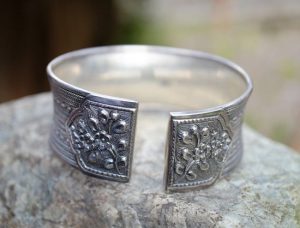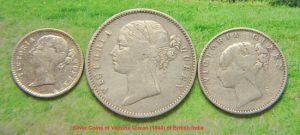Are Silver Coins Pure Silver?
27/05/2021Daniel Fisher
Free & fully insured UK Delivery. Learn more
Secure & flexible payments. Learn more

Buyback Guarantee Learn more
Silver is gaining in popularity due to its investment potential that has grown over the years. Due to the rising industrial demand for silver, many investors envision making windfall gains in the future, on the rising price of silver. However, silver has a long history of usage in British coinage and coinage across the world.
Most precious metal investors will insist on finding out the purity of the coin before investing. This may not be entirely true for collectors, who wish to acquire a coin, based on its rarity and numismatic value. However, many collectors have also moved to become investors and want to build a strong portfolio of coins that are both collectable and deliver good value for money. Therefore, in this article, we will explore the purity of silver coins across continents.
Investment coins are as near to pure as possible. Popular bullion coins such as the Britannia are struck to 99.99% purity. None are 100% pure silver. Silver currency coins such as the 50 pence piece are not made from silver at all despite their colour. Their alloy is 75% copper and 25% nickel, a mix known as cupronickel.

Sterling silver is often used to make jewellery
Similarly, in the United States, most silver coins in circulation contained 90% silver. It was only in 1986, when the American Eagle bullion silver coin was introduced, that the purity of silver was raised to 99.9%, to qualify the coin for investors.
The silver used for coinage in Britain has a minimum purity of 95.8%. Typically, this implies that the silver used for coinage will be an alloy of pure silver, copper and other base metals. The percentage of pure silver in this alloy is 95.84%. Likewise, the alloy would contain 4.16% of copper and other base metals, if any. This standard was developed in Britain as early as 1697. However, we have seen that in recent years, most silver bullion coins minted by the Royal Mint have a purity of 99.9%.
Similarly, France also follows a standard known as the ‘French first standard’. According to this, the alloy contains 95% pure silver and 5% of other base metals, including copper. Russians, on the other hand, use their own standard, known as “91 Zolotnik Russian Silver”. In this, the proportion of pure silver is 94.79%, while 5.21% represents copper and other base metals.

Queen Victoria silver coins from British India
Britain also used “Sterling Silver”, as early as the 12th century. Sterling silver was used for coinage across the British Empire, and many commonwealth countries continued this tradition after the end of colonial rule. Sterling Silver uses 92.5% of pure silver and 7.5% of copper and other non-precious metals.
Other nations may use different standards. For example, Scandinavian silver uses the number 830 to denote its fineness. This simply means that the silver alloy contains 83% pure silver and 17% base metals. In the same way, German silver is denoted with the number 800/835. German silver typically uses 80% to 83.5% of pure silver. However, the term “German silver”, also popularly called nickel silver or alpaca, may contain no silver at all. It is an alloy constructed out of different metals. So, it’s helpful to know and understand these details as an investor, which may help us to ascertain the value of the silver products we are buying.
At Physical Gold, we have a team of precious metals experts who can advise investors, just like you on making the best investments. Call us today on (020) 7060 9992 or get in touch with us by email regarding your silver investments.
Image Credits: starbright and P.L.Tandon
Live Gold Spot Price in Sterling. Gold is one of the densest of all metals. It is a good conductor of heat and electricity. It is also soft and the most malleable and ductile of the elements; an ounce (31.1 grams; gold is weighed in troy ounces) can be beaten out to 187 square feet (about 17 square metres) in extremely thin sheets called gold leaf.
Live Silver Spot Price in Sterling. Silver (Ag), chemical element, a white lustrous metal valued for its decorative beauty and electrical conductivity. Silver is located in Group 11 (Ib) and Period 5 of the periodic table, between copper (Period 4) and gold (Period 6), and its physical and chemical properties are intermediate between those two metals.